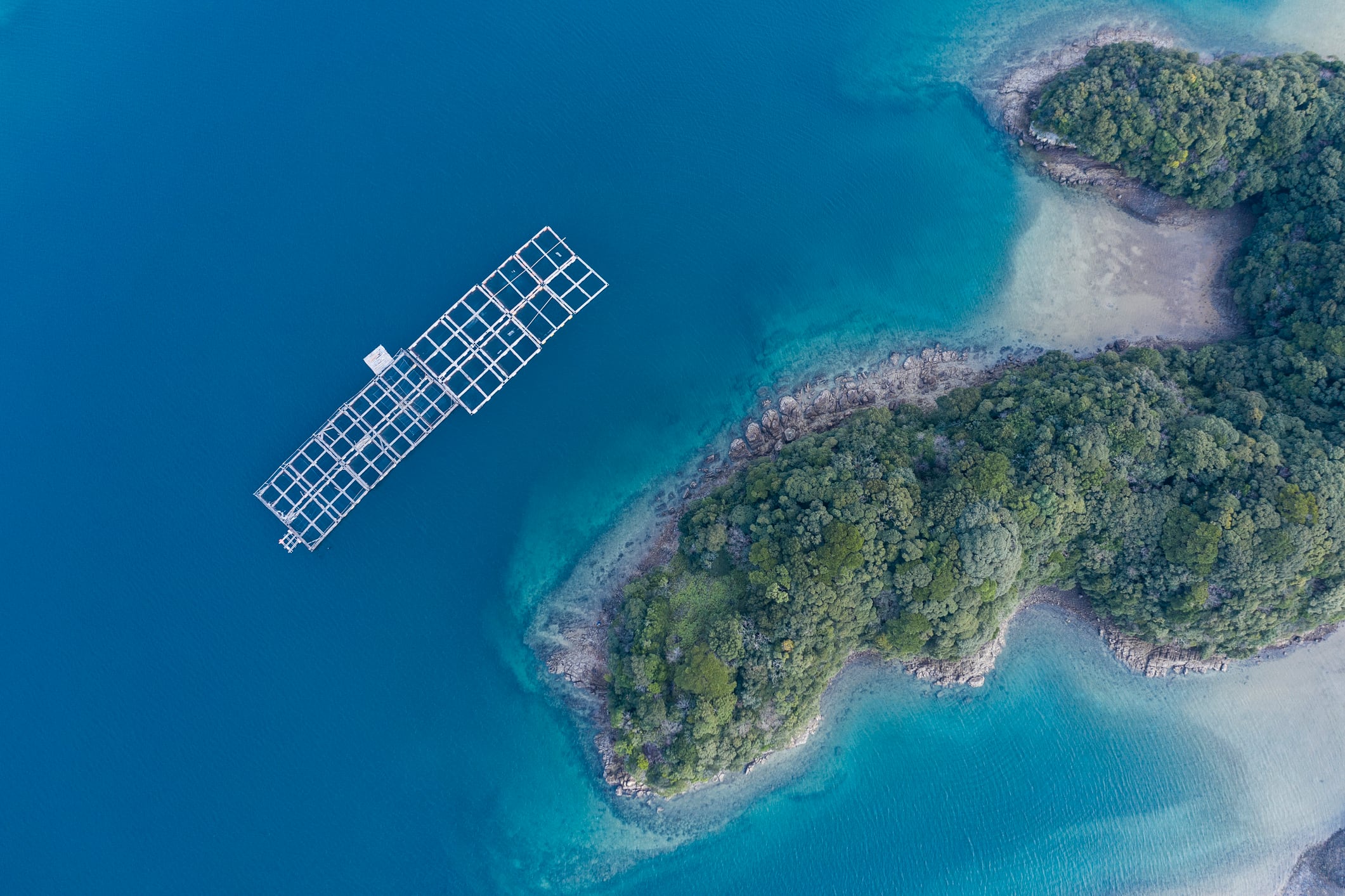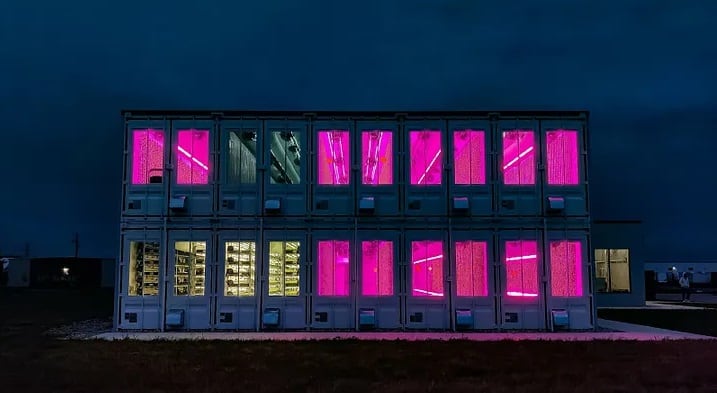The latest report highlighted the hurdles of fishing and aquaculture in the face of rising expenses, declining profitability, labour shortages, and environmental challenges.
JFA highlighted the importance of technological advancements in helping people navigate obstacles and emphasised its support in helping to promote them among the local industry.
It said it was aiming to “realise the next-generation of fisheries” that does not compromise sustainability while promoting growth.
“In order to turn the fishing industry into a growth industry, which is facing the current severe situation of a decline in fishing and aquaculture production and an aging and declining number of fishing workers, it is important to properly manage fishery resources and to introduce and disseminate information technologies such as ICT, IoT AI, and technologies such as drones and robots, which have seen remarkable technological innovation in recent years, to fishing and aquaculture sites.”
The report highlighted the use of satellite data to manage aquaculture.
The industry has collaborated with the Japan Aerospace Exploration Agency (JAXA), which has a climate change observation satellite SHIKISAI.
A big red problem
One of the major challenges the report highlighted was the recurrence of red tides in 2024 in three prefectures: Nagasaki, Kumamoto, and Kagoshima.
Red tides are caused by excessive algae blooms that can deplete oxygen and degrade the water in fisheries. As a result, a large quantity of farmed fish such as amberjack, striped jack, yellowtail, and tiger pufferfish were affected. This caused damage of approximately JPY3.13bn, the report said.
Red tides can also impact seaweed farming. JAXA has collbrated with the Saga Prefecture Ariake Fisheries Promotion Center to provide information on chlorophyll to better understand the spread of red tide.
“It is expected that satellite observation information will be further utilised to make the aquaculture industry smarter," said the report.
As a measure to reduce future damage, JFA said it was developing technologies to monitor and study red tide occurrence to better predict its occurrence.
The use of technology would allow for rapid implementation of any prevention measures.
Additionally, it is also exploring potential solutions such as integrated farming with bivalve shellfish and building larger fishing pens.
It is also looking to develop an extermination agent for harmful red tide plankton and a life-saving method for yellowtail fish using concentrated oxygen.
Labour woes
Employment in the fishing industry continued to decline “steadily” as the number of fishery workers are ageing and decreasing.
In 2023, there were 121,389 fishery workers in Japan with 1,733 new workers. While the number of workers has gone done, output has increased.
The average fishing income of individual coastal fishing boat operators in 2023 was JPY2.19m, down JPY330,000 from the previous year.
At the same time, cost of fuel and fishmeal have increased, with the latter making up 80% of costs.
Kagoshima Prefectural Fisheries Technology Development Center and Kagoshima University Faculty of Fisheries and Graduate School of Science and Engineering have collaborated to make “smart” fishing boats.
This technology will enable fishermen to supplement their own past experience with real-time ocean conditions such as water temperature, weather, as well as market information to make more efficient fishing decisions.
According to the report, this could improve the efficiency of operations by reducing fuel consumption.
“The adoption of such new technologies is expected to lead to more efficient fishing using electronic data, as well as more profitable fishing with fewer labour and energy requirements,” said the white paper.
The JFA also highlighted the need to improve the working environment in the industry.
It highlighted that in 2024, there were 464 fishing boat accidents, and 22 people were killed or missing from fishing boat accidents.
According to the report, incident rates of industrial accidents in fisheries is four times higher than the average for all land-based industries.





